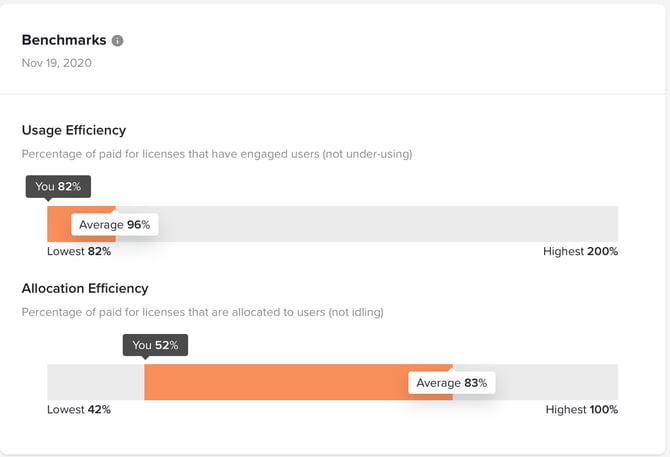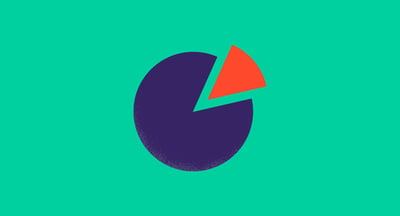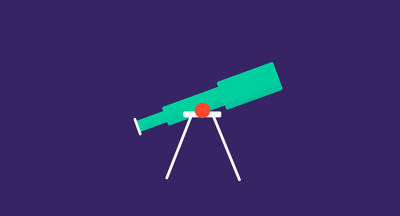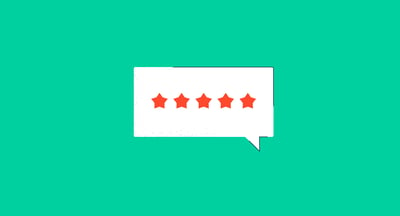November 24, 2020
 by Mara Calvello
by Mara Calvello

 Stop overspending on software
Stop overspending on software
Start using G2 Track Essential and learn more about your software stack, for free.
How much of your daily routine revolves around using software?
Chances are more than you’d like to admit.
As your business grows and scales, you add more and more SaaS applications to your tech stack. While this was once easy to manage and keep track of in a spreadsheet, it’ll soon be next to impossible. That’s where software spend optimization comes in.
Software spend optimization is the process of managing not only your spend on software, but your contracts, account usage, and compliance. Small businesses that have no plans to grow can get away with handing this all in a spreadsheet, but SMBs that have big plans need to get invested in a SaaS system of record.
Adapting a software spend optimization plan is easier said than done, so let’s dive into some common challenges you may face along the way, in addition to best practices that can make it work for your company.
As you move toward a plan of optimizing your company’s software spend, here are some potential roadblocks that your team may experience.
First things first, as you dive into the optimization process you’ll need to take stock of the problems your company is facing, and just how bad each problem is. To do so, you’ll need to analyze the full picture of your organization's software applications.
This presents many challenges, one being the expansiveness of SaaS, resulting in so many different ways that a software solution can enter your organization's stack. Whether it’s from central procurement, departmental purchases, or individuals buying their own software and expensing it, your SaaS footprint can grow to be larger than you’re aware of – and fast.
It’s also common that your business is paying for multiple SaaS applications that do the same thing. For instance, maybe your marketing team and your sales team are using two different project management solutions, each with similar features and functionality. The bottom line? Your company is paying for both when it should only be paying for one.
If your company is using a spreadsheet as its tool of choice for maintaining a central record of every application your company uses, you’ll find this gets outdated quickly and doesn’t scale as fast as your business does, meaning you’ll miss redundancies like this.
of software tools are idle or underutilized.
Some applications within your tech stack utilize single sign-on (SSO), making it easier to track data like who has access and who is using these tools daily. However, not all applications support single sign-on, so it can be difficult for your organization to know which employees are actually using the software that has been purchased.
When this problem is combined with employees signing up and expensing their own software, the issue only grows. It also makes it nearly impossible for these apps to be used with approval from the IT department. This presents numerous cases of shadow IT, which makes it extremely difficult for companies to optimize their software stack and bring their IT spending under control.
Some companies only take stock of their software footprint and analyze how to optimize it once a year. If this sounds like your company – chances are this isn’t enough.
This also makes it difficult to take a closer look at your utilization of software. For instance, is only utilizing 60% of all of your software applications a good use of your company’s software budget? It may be for certain types of applications that are critical to your employees and the work they do, but having a 60% utilization score in terms of efficiency basically means that just over half of your employees are using a tool that they should be daily. This means that the score should be a lot closer to 100% if it’s critical to their work.
The productivity level of our employees tends to nose dive when forced to use software that they don’t particularly like or enjoy. Not only will productivity fall, but this is also the single biggest reason for duplication or overlapping applications.
A crucial element of making software spend optimization work for your company is knowing how your employees really feel about the tools within your tech stack. If they don’t like what they’re being asked to use, they’ll just use a tool of their own choice to get the job done – another factor of increasing shadow IT.
When various teams are lacking visibility into all of the areas listed above, it makes it increasingly difficult for your organization to rightsize your licenses.
It’ll be a common occurrence for your organization to pay for licenses for software applications that aren’t necessarily being used to their full potential. Additionally, you’ll end up unnecessarily paying for licenses for specific tools that have the same functionality and features as other applications within your tech stack.
Now that you’re fully aware of the challenges that can occur when building a software spend optimization strategy for your company, let’s dive deeper into the best practices that will help you make it work for your organization.
If you want to make the necessary moves to get a handle on shadow IT, you must eliminate redundant tools within your tech stack. For that, you need a system of record that has a primary objective of providing full visibility into your application portfolio. A spreadsheet isn’t the answer for this.
G2 Track is that system of record. Because it connects to multiple areas of your organization, like ERP systems, accounting systems, single sign-on systems, and various applications themselves, your team will have access to unparalleled visibility into your company’s software footprint, as well as its usage.
Zack W.
G2 Track Review
One of the ways G2 Track stands out from other software management tools is the benchmarking feature that’s built-in. The benchmark utilization feature helps your business understand if they’re utilizing software better than other companies within the same industry if they should be doing better, and if so -- by how much.
As an example, let’s say your business has purchased 1,000 licenses for SOFTWARE X and has made the necessary moves to allocate 800 of these licenses. G2 Track would show you that your “license allocation efficiency” is 80%.
Taking this even further, let’s say that out of these 800 licenses that are allocated, 600 of them are actively being used. That means, 600 employees are logging in and using the software as they deem necessary, giving SOFTWARE X an “engagement efficiency” score of 75.
G2 Track will then benchmark these efficiencies against companies similar to yours, allowing you to become informed on how you stand in regards to your competition.

In order to obtain a complete understanding of the value your organization is getting out of its applications, you need to go straight to the source: your employees. G2 Track is the only SaaS system of record on the market that allows you to collect user sentiment data surveys to your employees pertaining to all applications, which helps to maintain all of your data within a single source of truth in real time.
Within just a few minutes, you can configure employee pulse surveys that can be sent to employees on a quarterly, semi-annually, or annually basis to poll your team on whether they like the software they’re using and if it’s critical for their job and responsibilities.
Data will be compiled from these surveys and will be broken down by:
These surveys take no more than a few clicks for your employees to complete, making it simple to get feedback while assigning in making an informed choice on which applications to get rid of and which to keep.
There are a lot of key details regarding a software contract that you need to be aware of -- one of which being when it’s set to renew.
If you find that you’re consistently missing or forgetting details regarding the renewal date, your team is likely faced with unwanted renewals and unnecessary costs. Even worse, your employees could be stuck using a tool that they don't find critical to their job, or even enjoy using, and your department could go way over what you have set in place for your software budget.
To ensure a software renewal doesn’t take you by surprise, it’s in your company’s best interest to take advantage of a renewal calendar put in place by a tool like G2 Track.
Its comprehensive and easy-to-read dashboard is where all of your contacts are housed and stored, so you can always be aware of how long you have until contracts are set to renew or expire, how each vendor requires notice, as well as alerts and reminders of when contracts are approaching their renewal date. Plus, if a contract owner leaves your company, G2 Track puts an alert next to their name so you can reassign the contract to a new owner to keep on top of all details.
Carla S.
G2 Track Review
A lot goes into making software spend optimization work for your company. But, when you know what challenges you may face ahead of time, and how a tool like G2 Track gives you full visibility into your tech stack, you’ll be able to eliminate unnecessary spending and make smarter choices with how you allocate your budget.
Ready to invest in a tool like G2 Track? Here are six ways you can pitch a SaaS system of record to your CEO.
Mara Calvello is a Content and Communications Manager at G2. She received her Bachelor of Arts degree from Elmhurst College (now Elmhurst University). Mara writes content highlighting G2 newsroom events and customer marketing case studies, while also focusing on social media and communications for G2. She previously wrote content to support our G2 Tea newsletter, as well as categories on artificial intelligence, natural language understanding (NLU), AI code generation, synthetic data, and more. In her spare time, she's out exploring with her rescue dog Zeke or enjoying a good book.
 Stop overspending on software
Stop overspending on software
Start using G2 Track Essential and learn more about your software stack, for free.
Having a place for everything is crucial in every aspect of our lives.
 by Mara Calvello
by Mara Calvello
We all wish we could look into a crystal ball and see what awaits us in the future.
 by Mara Calvello
by Mara Calvello
We’re told as kids that if you don’t have anything nice to say, don’t say anything at all.
 by Mara Calvello
by Mara Calvello
Having a place for everything is crucial in every aspect of our lives.
 by Mara Calvello
by Mara Calvello
We all wish we could look into a crystal ball and see what awaits us in the future.
 by Mara Calvello
by Mara Calvello


